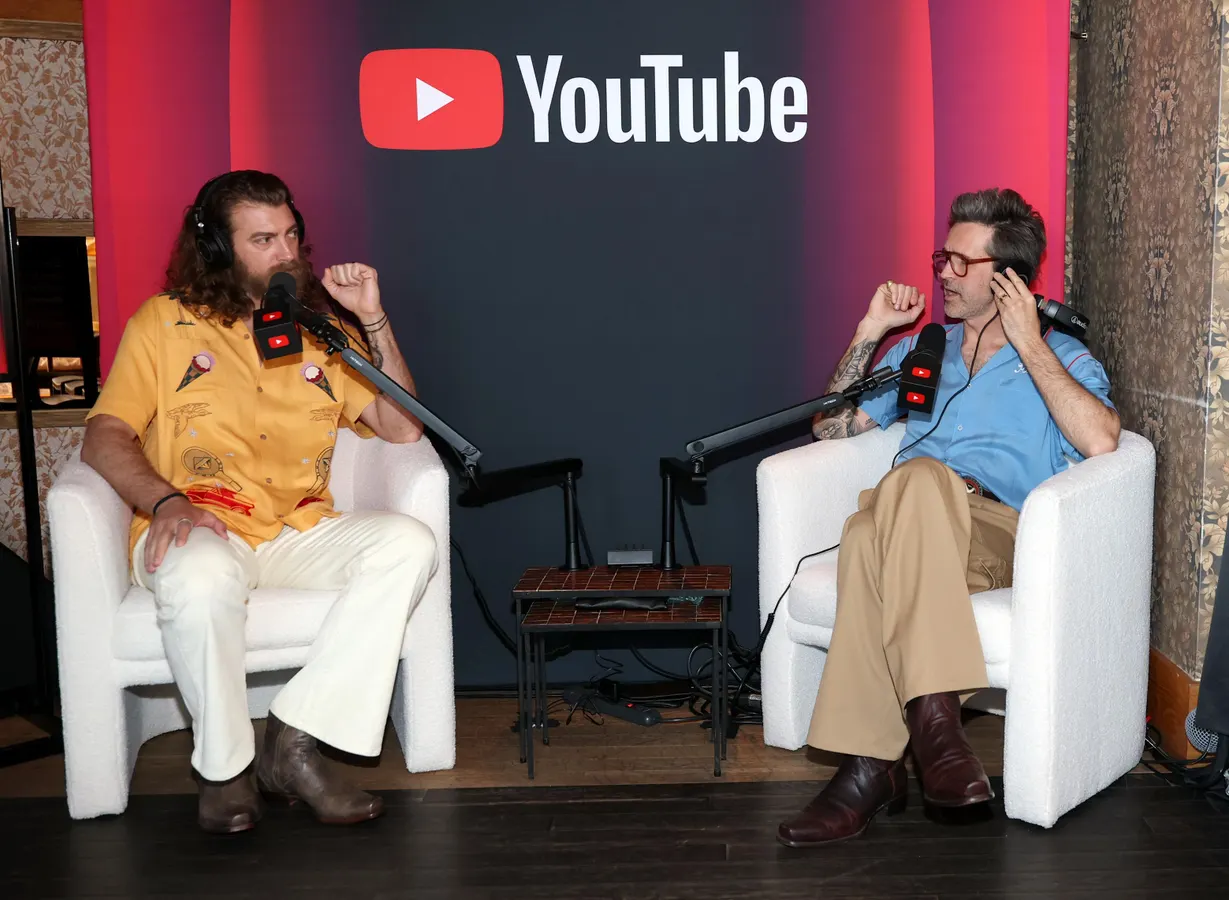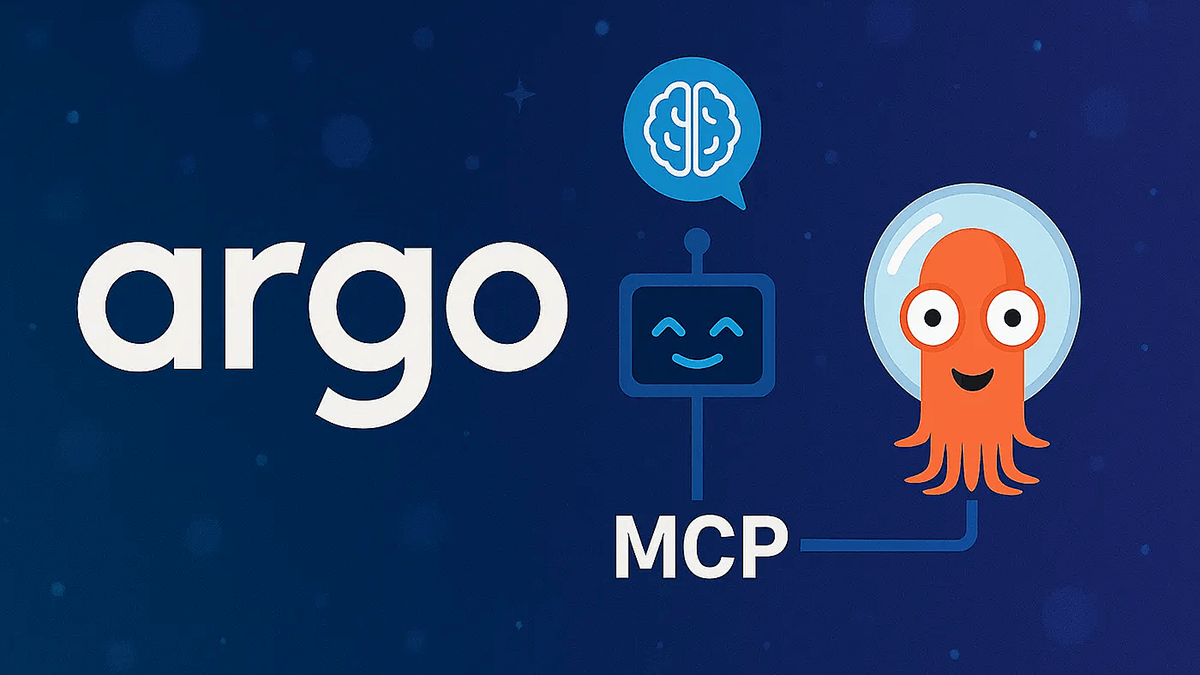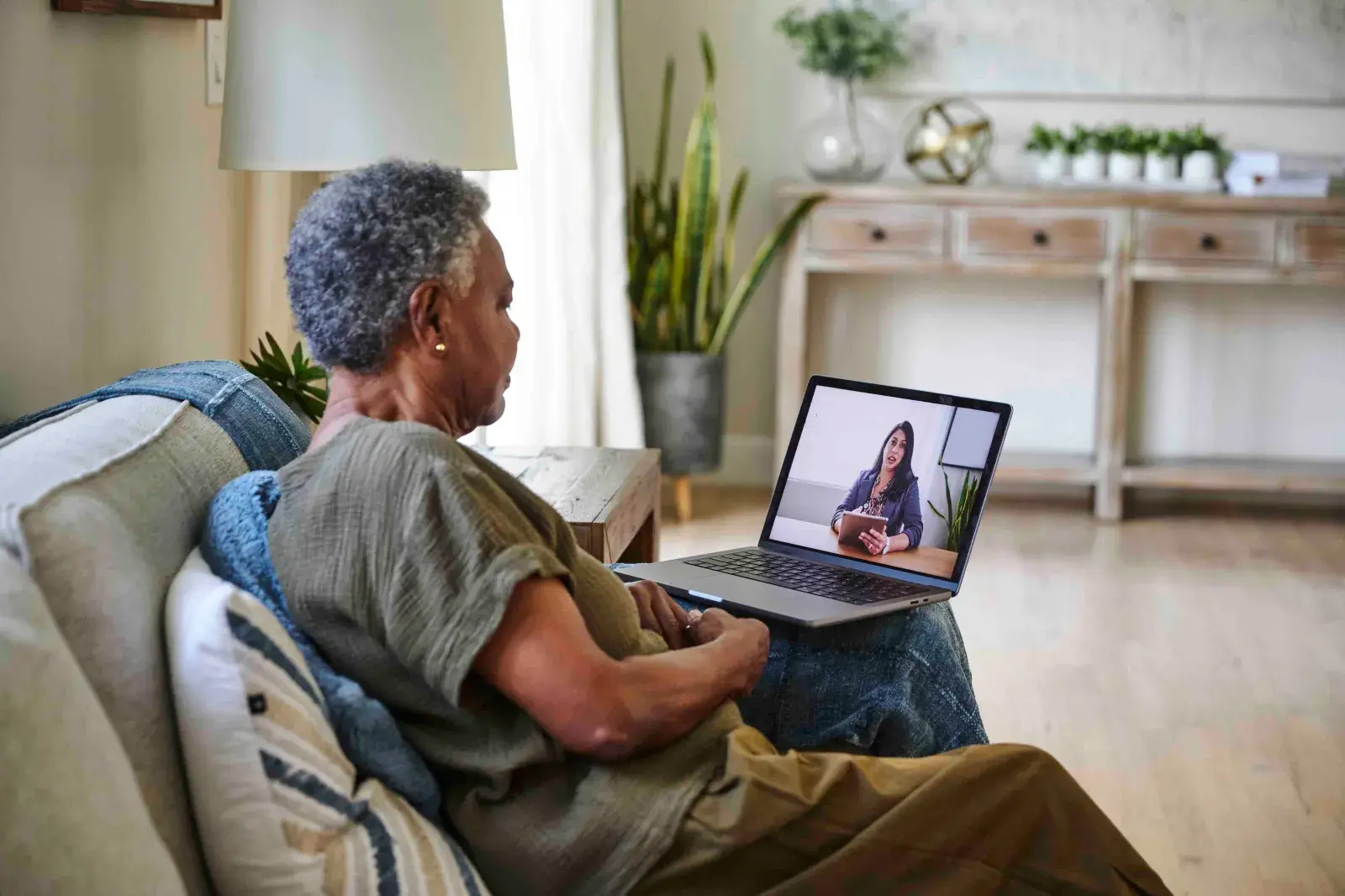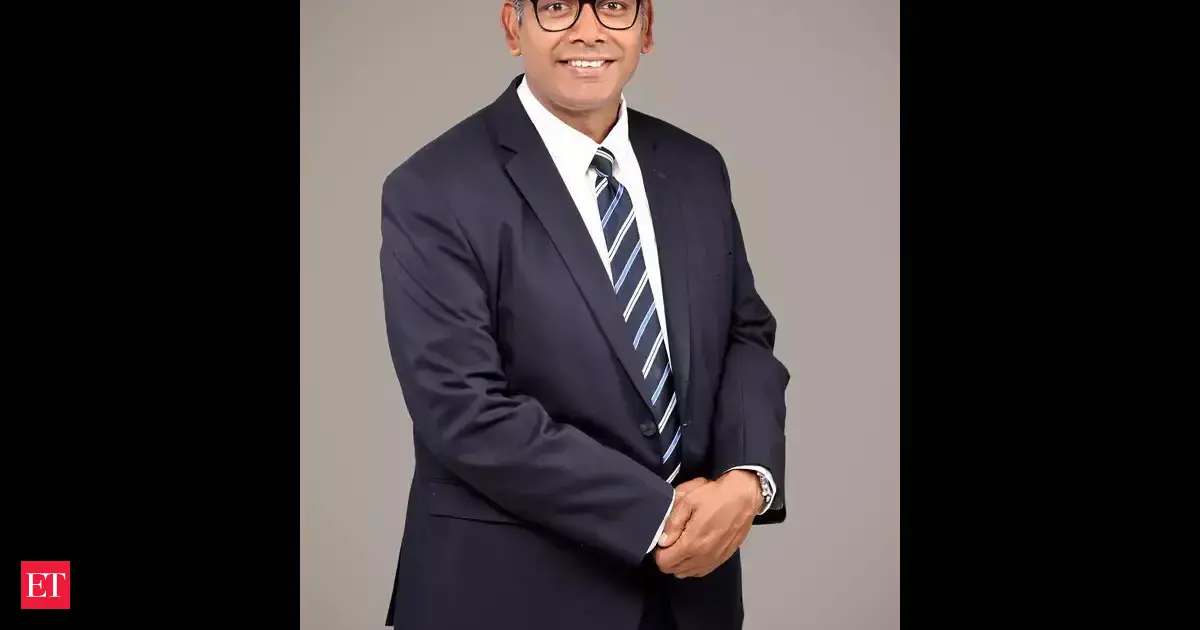Copyright forbes

Twenty years in, YouTube isn’t competing with television. It is television. YouTube has become the most significant platform in media, yet one of the most misunderstood. According to Nielsen, YouTube accounts for 10.4% of all TV viewing in the U.S., more than any single broadcast or cable network. AUSTIN, TEXAS - MARCH 08: (L-R) Rhett James McLaughlin and Link Neal attend the Variety Podcasting Brunch Presented By YouTube at Austin Proper Hotel on March 08, 2025 in Austin, Texas. (Photo by Mat Hayward/Variety via Getty Images) Variety via Getty Images It dominates viewing on living-room screens. It’s where creators have built media channels of their own, and where millions of people now watch them the way they once watched prime-time shows. Ask a brand if they’re on YouTube, and most will say yes; they buy ads. But buying ads around creators is not the same as working with them. One is media buying. The other is partnership. And until recently, only media buying could scale. For years, working directly with creators meant manual outreach, contracts, approvals, and payments, a process that didn’t scale. To make this even more challenging, Google doesn’t sell creator integrations; they sell reach. Media Agencies don’t broker YouTube creator partnerships; they buy impressions. That’s why performance marketers got there first: they had to. When you’re buying based on ROAS, you find what works and do more of it. MORE FOR YOU According to data from Gospel Stats, the leading analytics platform for YouTube sponsorships, branded integrations on YouTube grew 54 percent year over year in the first half of 2025, totaling more than 65,000 creator videos and 19 billion views. Yet those partnerships are still dominated by performance categories such as tech, gaming, and fitness, not the mainstream consumer brands that continue to dominate television advertising. “YouTube has the attention, but not the participation,” said Joshua Cohen, COO of Gospel Stats. The company’s 2025 YouTube Sponsorship Landscape: H1 Report found that the platform’s sponsorship leaderboard is led by performance-driven advertisers including Ground News, DraftKings, Squarespace, and BetterHelp, while few mainstream consumer brands made the list. Gospel Stats produced the just launched 𝟮𝟬𝟮𝟱 𝗬𝗼𝘂𝗧𝘂𝗯𝗲 𝗦𝗽𝗼𝗻𝘀𝗼𝗿𝘀𝗵𝗶𝗽 𝗟𝗮𝗻𝗱𝘀𝗰𝗮𝗽𝗲 𝗥𝗲𝗽𝗼𝗿𝘁 that reveals never-before-seen insights into the branded video ecosystem Gospel Stats Today, a new generation of companies is building the infrastructure that makes creator integrations as efficient to buy as traditional media. Agentio: Making Creator Campaigns Scalable Founded by Arthur Leopold, the former president of Cameo, and Jonathan Meyers of Spotify, Agentio automates every part of a creator-led campaign using AI. It enables marketers to purchase integrations directly within YouTube videos, streamlining the process of sourcing creators, handling contracts, obtaining creative approvals, and processing payments through a single system. Leopold describes the gap this way: “It’s been easier to spend $10 million on TikTok than $1 million on YouTube,” he said. “Because on YouTube, integrations are harder to produce, and creators plan their content further out. It’s not like short-form where you can post tomorrow.” Agentio is an AI-native ad platform that automates and streamlines the buying of creator-led ads, particularly on YouTube, making it as easy for brands to purchase creator integrations as it is to buy ads through Meta or Google Courtesy of Agentio “YouTube’s misunderstood because of how it’s consumed,” Leopold added. “You sit down for 20 or 30 minutes and watch your favorite creator. You’re less likely to share that content the way you share TikTok or Instagram. It takes a lot more for a marketer to be convinced that YouTube matters when they don’t see it in their group chats or their feeds the same way.” Agentio’s platform uses large language models to analyze every creator’s historical content, brand deals, and audience retention automatically matching them to campaigns, handling brand-safety checks, and even measuring ROAS through connected commerce pixels. The company’s creator network spans thousands of YouTubers, from mega-creators Airrack, Jenna Phipps, Joshua Weissman, and Babish to specialized creators with dedicated audiences, many of whom operate like independent media companies. In October 2025, Rhett & Link, the duo behind Good Mythical Morning, joined as strategic advisors. Leopold’s favorite example: Jacob Knowles, a lobsterman in Maine who became a breakout partner for a wellness brand. “No marketer in New York or L.A. would’ve ever found him,” Leopold said. “But the data showed he was perfect. He spends twelve hours a day on a boat, talks about staying healthy, and has a loyal audience of 2.5M YouTube followers. He’s now one of that brand’s top-performing creators.” By eliminating friction, Agentio is finally shifting ad dollars that once went to TV and pre-rolls directly into creator content. Leopold says that for some top creators, Agentio now sells through 30% of their available sponsorship slots — up from just 1% two years ago. “We have hundreds of creators where we’re selling through 70 to 80% of their inventory,” he said. “We’ve become their most important monetization partner.” Pixability: Data Depth Meets Media Sophistication If Agentio is building the execution layer for creator partnerships, Pixability represents the data and media backbone supporting marketers. “There are more than a hundred million channels on YouTube,” said David George, CEO of Pixability. “For a brand, that’s both the biggest opportunity and the biggest challenge.” Pixability’s platform filters that universe down to roughly 1.4 million channels that meet brand suitability, performance, and quality thresholds using a combination of semantic search, machine learning, and AI-assisted curation. Its new AI tool, Pixie, lets marketers input a campaign brief and instantly generate curated channel lists and audience segments, tasks that once took weeks to complete. Pixability aims to deliver the deepest data-driven insights, broader reach, and more precise campaign control than competing solutions, making it a preferred partner for advanced YouTube and CTV advertising initiatives. Courtesy of Pixability But what truly sets Pixability apart is its data ecosystem. The company has built a suite of bespoke partnerships that provide richer, predictive insights into its platform including collaborations with Famous Birthdays, Gospel Stats, and its own Inclusive Media program, which features over 3,000 diverse creators. Pixability and Famous Birthdays: Identifying Rising Creators First In August 2025, Pixability and Famous Birthdays, often called the IMDb of creators, announced a partnership that integrates “velocity” data and search traffic from the platform’s 25 million monthly users into Pixability’s ad-targeting technology. George points out that the partnership gives brands early access to talent momentum: “We can identify creators before they break out, when they’re rising fast but haven’t been saturated with competitor deals yet. Famous Birthdays is particularly valued in the creator marketing industry for spotlighting and verifying the relevance of digital personalities, making it a go-to source for rapid influencer insights and campaign planning. Courtesy Famous Birthdays Pixability: Connecting Creator Content to Performance & Results Beyond discovery, Pixability helps brands turn creator content into measurable marketing performance. Chief Innovation Officer Scott Klein points out that most advertisers fail to connect their creator and paid media efforts, calling it “a missed opportunity hiding in plain sight.” “Brands can retarget audiences who’ve watched creator content, but most don’t,” he said. “The paid media team doesn’t know what the sponsorship team is doing.” “Companies are spending $100,000 on a creator sponsorship, but their paid media team has no idea it happened,” George said. “That creator’s audience, the people who actually watched and engaged, never gets retargeted. You’ve built awareness but left conversion on the table. The silos inside organizations are wasting the value of creator relationships.” Pixability’s tools bridge that divide, enabling brands to connect creator, organic, and paid strategies in one system. YouTube: Where the Money Flows Next YouTube has already become television for a generation but the business infrastructure around it is just catching up. Platforms like Agentio and Pixability are helping bridge the gap between how audiences consume content and how brands buy it. Television advertising was built on moments between content. YouTube enables brands to become part of the content itself. The infrastructure to do that at scale finally exists. What brands do next will define the next era of television advertising. Editorial StandardsReprints & Permissions



